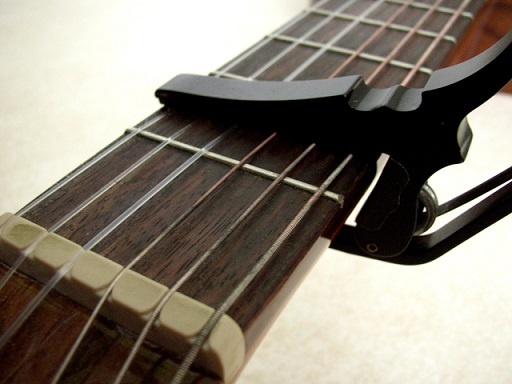
A capo is a tool that clamps down on all the strings at a certain fret, which effectively moves the guitar’s nut up to that fret. It can also act as your index finger when you play barre chords. It is a great tool that many guitarists use to make songs easier to play or sound different. With planning, you can use the capo to minimize the number of barre chords needed (not that you should avoid them though!).
Without a capo, songs with complex voicings are almost unplayable. A couple of examples include “Here Comes the Sun” by The Beatles, “Riptide” by Vance Joy, and “Collide” by Howie Day.
The capo is also a useful tool for singers, because it can be moved around to change the key. So if you’re not comfortable singing a particular song, for example, in the key of C, simply move the capo around until you find a key that you’re comfortable with.
Lastly, with enough knowledge of chords and chord progressions, you can essentially play any song in any key as long as you know the song’s chord progression and how to use this tool effectively.
Major scale chords in 12 keys
First things first, we need to talk about the most common chords in all 12 keys. Put simply, when dealing with pop music, most songs use chords in major scales. Each major scale has seven chords, listed in the following chart.
| I | ii | iii | IV | V | vi | vii° |
| C | Dm | Em | F | G | Am | Bdim |
| G | Am | Bm | C | D | Em | F#dim |
| D | Em | F#m | G | A | Bm | C#dim |
| A | Bm | C#m | D | E | F#m | G#dim |
| E | F#m | G#m | A | B | C#m | D#dim |
| B | C#m | D#m | E | F# | G#m | A#dim |
| F# | G#m | A#m | B | C# | D#m | E#dim |
| F | Gm | Am | Bb | C | Dm | Edim |
| Bb | Cm | Dm | Eb | F | Gm | Adim |
| Eb | Fm | Gm | Ab | Bb | Cm | Ddim |
| Ab | Bbm | Cm | Db | Eb | Fm | Gdim |
| Db | Ebm | Fm | Gb | Ab | Bbm | Cdim |
(The root note of the I chord is also the key)
This chart shows all seven chords in each of the major keys, and chords in pop songs rarely move out of the key of the song. So, for example, if a song is in the key of Bb, the most likely chords to appear in the song are Bb, Cm, Dm, Eb, F, Gm, and Adim. Most of the time, only four or five out of the seven chords appear.
Additionally, the roman numerals at the top of the chart (I, ii, iii, IV, V, vi, vi°) are known as functions. For example, in the key of C, the G chord in the key of C plays the function of the V chord, and the Em chord plays the function of the iii chord. You may be wondering, what’s the point of all this? Keep on reading and it’ll all make sense.
Guitar-friendly keys
The chart above may seem intimidating at first because of the sheer number of chords, but one of the main purposes of the capo is to move keys around, so you really only need to know how to play all seven chords in a couple of keys (instead of 12). The five guitar-friendly keys are C, A, G, E, and D.
| I | ii | iii | IV | V | vi | vii° |
| C | Dm | Em | F | G | Am | Bdim |
| G | Am | Bm | C | D | Em | F#dim |
| D | Em | F#m | G | A | Bm | C#dim |
| A | Bm | C#m | D | E | F#m | G#dim |
| E | F#m | G#m | A | B | C#m | D#dim |
To make things even simpler, the vii° chords are rarely used in pop songs, so you can think of each key as having only six chords. Notice also how many of the chords overlap among the different keys. In total, you only have 14 chords to learn: C, D, E, F, G, A, B, C#m, Dm, Em, F#m, G#m, Am, Bm.
Trying It Out
So now that we’ve gotten all of the theory out of the way, let’s begin to look at how to adjust the keys of songs that aren’t in guitar-friendly keys. We’ll use the chorus of “A Thousand Years” by Christina Perry as an example.
This song is in the key of Bb. The chord progression of the chorus is as follows:
Chorus in Bb
|Bb |Bb F |Gm |Gm F |
|Eb | Eb | F | F |
As you can tell, every single chord in the chorus is a barre chord. There’s nothing wrong with barre chords, and it’s good to know how to play them, but they tend to tire your hands out (if you use incorrect technique), and they don’t particularly sound good (in my humble opinion).
The first thing you want to do is write in the function below each chord. This will make it a lot easier to transpose the key.
Chorus in Bb
|Bb |Bb F |Gm |Gm F |
I I V vi vi V
|Eb | Eb | F | F |
IV IV V V
Now that we’ve written in the function for each chord, we’re ready to transpose the key of the chorus to a guitar-friendly key.
The three commandments
- You can only move up in key
- Pick a key that is nearby
- Pick a key with easy-to-play chords
The first thing to remember with using a capo is that you can only move your keys up. So if your target key is Bb, you’ll want to pick a guitar-friendly key that is below Bb so that you can move that key up to Bb. Additionally, you want to pick a key that is nearby and possibly with easy-to-play chords.
With these three points in mind, we have two choices: the key of A or G. Let’s transpose the chorus to both keys. To do this, refer back to the chart and place the corresponding chords according to their functions.
Chorus in A
|A |A E |C#m |C#m E |
I I V vi vi V
|D | D | E | E |
IV IV V V
Chorus in G
|G |G D |Em |Em D |
I I V vi vi V
|C | C | D | D |
IV IV V V
As you can see, playing in the key of A requires one barre chord, C#m. So if you’d like to avoid all barre chords, play in the key of G.
Moving back up
Now that we’ve picked a key, we need to bring the chords back up to the original key. So which fret should we place the capo on? The following chart can help you out with this.
| Key with no capo | Key with capo on: | ||||||
| 1st fret | 2nd fret | 3rd fret | 4th fret | 5th fret | 6th fret | 7th fret | |
| C | C#/Db | D | D#/Eb | E | F | F#/Gb | G |
| A | A#/Bb | B | C | C#/Db | D | D#/Eb | E |
| G | G#/Ab | A | A#/Bb | B | C | C#/Db | D |
| E | F | F#/Gb | G | G#/Ab | A | A#/Bb | B |
| D | D#/Eb | E | F | F#/Gb | G | G#/Ab | A |
Going back to “A Thousand Years,” we transposed the chords to the key of G. If we want to bring the key back up to the original key, simply place the capo on the 3rd fret and play the exact same chords in the key of G. And just like magic, the chords you play will sound like those in the original song.
A crutch or musical tool?
Some guitarists believe that using a capo is a huge no-no and a sign of a lack of skill. On one hand, if you know how to use a capo well, you can avoid a lot of barre chords and other difficult-to-play chords. On the other hand, some songs are simply impossible to play accurately and freely without a capo. You will see many of your musical heroes use capos as a tool for interesting chord voicings, including George Harrison, John Mayer, Keith Richards, and Eric Clapton.
There is a strange and almost masochistic belief amongst some guitarists that playing the guitar should result in pain, but the problem with that belief is when you play with pain or tension, you are going to sound bad compared to someone who can play in a relaxed manner. What’s the point of avoiding a tool because of hard-headed beliefs which result in a bad tone? At the end of the day, the only thing that matters is how you sound, not whether you use a capo or not. If it sounds better with a capo, then use one; if it sounds better with barre chords, then practice them. Make your decisions with you ear instead of your ego.
Do you face any difficulties when using the capo? Let us know in the comments section below. If you’re interested in organized and structured lessons, including lessons on barre chords, do check out Liberty Park Music.
Ready to learn the guitar?
Start learning with our 30-day free trial! Try our guitar courses!
About Liberty Park Music
LPM is an online music school. We teach a variety of instruments and styles, including classical and jazz guitar, piano, drums, and music theory. We offer high-quality music lessons designed by accredited teachers from around the world. Our growing database of over 350 lessons come with many features—self-assessments, live chats, quizzes etc. Learn music with LPM, anytime, anywhere!


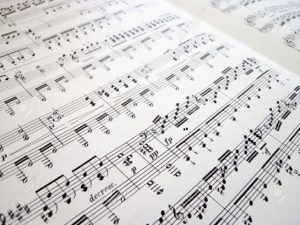



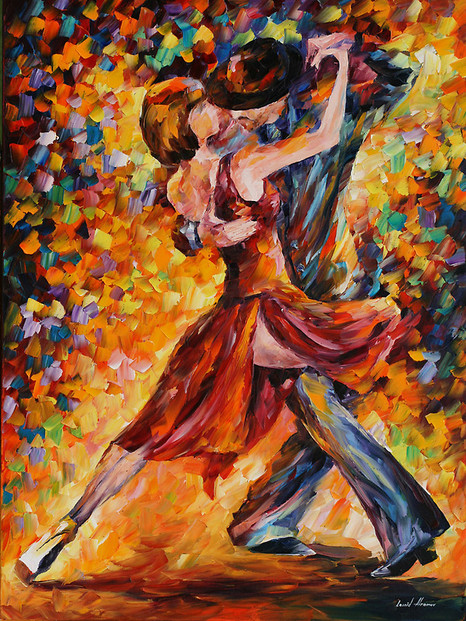
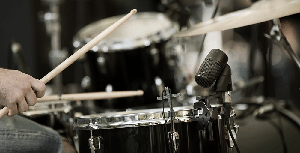

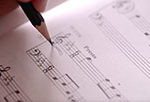

Very helpful for an aging, and struggling, new guitar player. Quick question: why is the vi in Ab an F major? I thought the sixth chord in the progression was always a minor chord, and the rest of the table seems to support this thought.
I know we probably won’t ever play in Ab, but I am trying to understand the theory.
Thanks.
It’s a typo on our side. You are correct, it should be a F-minor (Fm). Thanks for helping us!